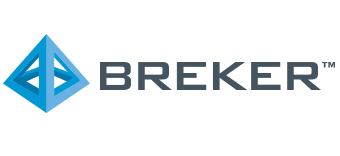Note: My Q&A discussion with Maheen Hamid of Breker Verification Systems below appeared earlier this week on Semiwiki. 

Maheen Hamid, a member of the ESD Alliance (a SEMI Technology Community) Governing Council and a member of SEMI’s North America Advisory Board, is an astute business executive. Together with her husband Adnan Hamid, they founded Breker Verification Systems, a company developing test synthesis solutions. She serves today as COO and CFO.
We recently talked about her journey into the tech industry, how she’s able to leverage her MBA and her thoughts on leadership. We finished our conversation discussing the industry trends she is seeing and how Breker is reacting to those trends.
Smith: What’s on your mind these days?
Hamid: Any executive is always concerned with growing the business while optimizing investment opportunities. The tactics are dynamic with changing trends, but the strategic ambition is static.
A long-term high-profile customer who has been familiar with the evolution of Breker recently said that he couldn’t imagine taping out a chip without using Breker solutions. If I had to pick any one thing that keeps me up at night, that is: How do I get all my customers to say exactly this?
Introducing innovative approaches for novel capabilities is challenging in a mature market entrenched with legacy methodologies. We observe a growing convergence with unmet needs with test synthesis solutions across various verticals and design processes. Due to the initiative supported by Accellera since 2015, Portable Stimulus has become a desired solution space, especially with developing needs in generative AI applications, RISC-V, and leading-edge applications requiring increased compute power. Some of those applications are in healthcare such as genomic sequencing and cancer treatment, aerospace and various simulations in research labs.
Breker is helping push the boundaries of verification technologies for complex chips. In line with our customer-centric, forward-looking positioning, I am focused on bringing agility to how we respond to the diverse demands of our users.







